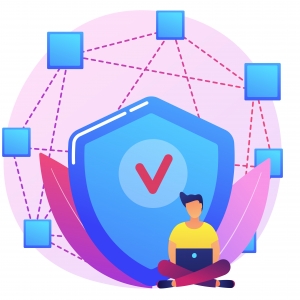In today's digital age, businesses face an increasingly complex landscape of threats, not all of which come from external sources. Insider risk, often overlooked, can be just as damaging as external threats. Insider risk management is the proactive approach to safeguarding your organization against threats originating from within your own ranks.
Understanding Insider Risk:
Insider risk refers to the threat posed by employees, contractors, or partners who misuse their access to your organization's systems, data, or resources. These individuals may do so intentionally or unintentionally, and their actions can lead to data breaches, financial losses, reputational damage, and legal consequences.
Key Elements of Insider Risk Management:
-
Identify and Profile Insiders: Understanding who has access to your sensitive information is the first step. Create profiles to assess the risk level associated with different roles and access privileges.
-
Implement Access Controls: Restrict access to sensitive data to only those who genuinely need it. Use technologies like role-based access control and privileged identity management to minimize insider risk.
-
Educate and Train Employees: Conduct regular cybersecurity training to raise awareness about insider risks and best practices for mitigating them. This can reduce unintentional risks.
Download Sample Report -
Monitoring and Analysis: Employ monitoring tools to detect unusual or suspicious activities within your systems. Behavioral analytics can help identify potential insider threats.
-
Incident Response Plans: Develop and implement detailed incident response plans that specify how to react when an insider threat is detected.
-
Legal and Ethical Considerations: Ensure compliance with relevant laws and regulations. Employees must be aware of the legal consequences of their actions.
-
Cultivate a Positive Work Environment: Fostering a positive workplace culture can reduce the likelihood of intentional insider threats stemming from disgruntled employees.
Technology Solutions:
Numerous technology solutions, including Data Loss Prevention (DLP), User and Entity Behavior Analytics (UEBA), and Identity and Access Management (IAM) tools, can aid in identifying, monitoring, and mitigating insider risks.
Conclusion:
Insider risk management is an essential component of a comprehensive cybersecurity strategy. By acknowledging the potential threats that can originate from within your organization and taking proactive steps to mitigate them, you can better protect your business, its data, and its reputation. Make sure to regularly assess and update your insider risk management practices to stay ahead of evolving threats in the ever-changing cybersecurity landscape.






